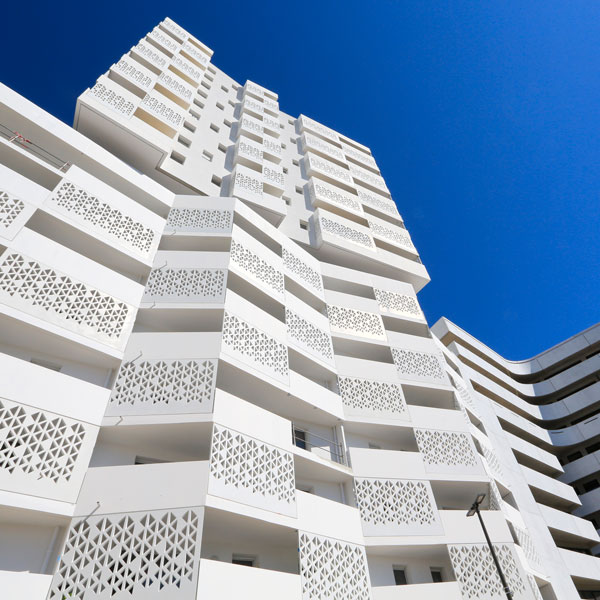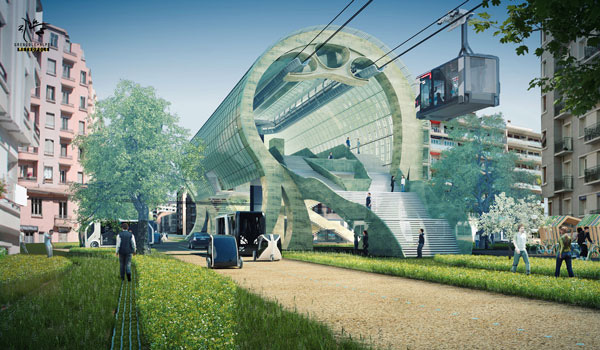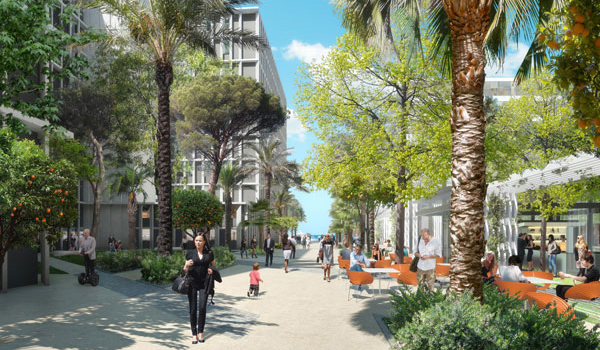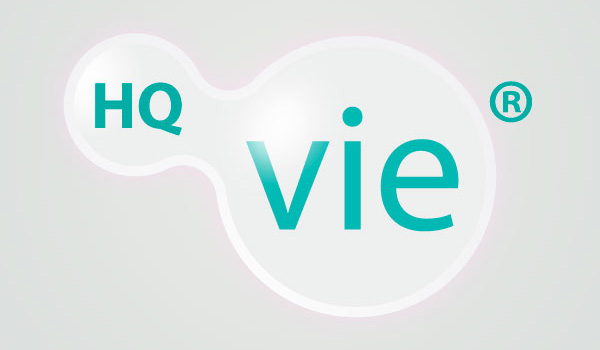
A full array of innovative solutions for sustainable cities

As a responsible player in the development of the urban landscape, Eiffage Construction has chosen a comprehensive stance that embraces all aspects of sustainable urban development: environmental, economic and sociological. Research and findings by Eiffage Construction have given rise to Smartseille, an innovative eco-neighbourhood that has become a reference in its field.
Whether termed post-carbon city, low-carbon city, intelligent or smart city, the sustainable city of the future must rise to the challenge of climate change and adapt to the profound sociological shifts now underway, in particular the growth of urban populations. And yet it must achieve this while maintaining quality of life for inhabitants.
In order to fully embrace these expectations, Eiffage Construction engages in the systemic analysis of urban structures and focuses its research in a global manner. Progress made is not simply measured in terms of technological impetus but also in terms of solutions that meet a number of interdependent environmental, economic and sociological issues.
Based on the Eiffage sustainable urban development research programme — Phosphore — and digital urban design tools, Eiffage Construction has developed a three-part sustainable city strategy comprising:
- Comprehensive and systemic analysis
In order to embrace all the different dimensions involved in creating a sustainable city, Eiffage considers every aspect of the urban ecosystem: eco-mobility, housing, energy, waste, water, green spaces, industrial processes and materials.
- Solutions tailored to the spirit of the surroundings
Based on a detailed analysis of the zone at the centre of the urban project, the aim is to provide wide-ranging solutions adapted to specific climatic, geographical, cultural, human and economic factors.
- Emphasis on user experience and quality of life
The sustainable city and new technologies must be at the service of inhabitants: this implies a central focus on better quality of life and not simply the endorsement of technical solutions for their own sake.
These three dimensions form the basis upon which Eiffage Construction helps towns and cities develop their sustainability strategy by providing them with a 3D urban design tool that can be scaled to meet the needs of an individual building, a neighbourhood or even an entire city.
The Phosphore sustainable urban development research programme
The Phosphore research programme was created in 2007. It is a central component of Eiffage Construction’s development strategy and the services it offers stakeholders in the urban environment. Phosphore works like an incubator, with around 30 engineers from all Eiffage divisions working alongside architects, urban planners, economists, sociologists, climatologists and environmental experts. Together, they have come up with innovative ideas that break away from conventional approaches. They have devised and designed ingenious, sustainable solutions for mobility, construction and spatial planning.

The first tangible initiative to stem from Phosphore was the design of Smartseille, a pioneering eco-neighbourhood in Marseille (part of the Euroméditerranée Ecocity project) showcasing French expertise in sustainable urban development.
Phosphore has also helped establish a benchmark for “high quality of life” (HQVie®), which incorporates the highest standards of sustainable urban development into Eiffage Construction projects.
Smartseille
Launched in 2009, this pioneering eco-neighbourhood project provides a testbed for innovative design methods and cutting-edge concepts. Smartseille is a central feature of the Marseille-Euroméditerranée eco-city project. The government plans to use it as an “industry showcase for sustainable cities” to show the world French expertise in sustainable urban planning.
Smartseille is designed to adapt to specific local considerations in line with the requirements of sustainability and systemic methods. The project embodies a full array of innovative concepts built to tackle three key challenges: the energy transition, successful social integration and scalability.

With features such as modular housing, marine energy, car sharing, intergenerational accommodation, urban agriculture and concierge services, Smartseille has been developed to promote social diversity, favour social cohesion and foster new lifestyles and working methods.
The first buildings were delivered in 2016. Smartseille has established itself as a benchmark for best working practices and scalable innovations, not only for the immediate Marseille area but also for the whole of the Mediterranean region.
Smartseille, key figures:
-
- 2.7
- hectares
-
- 3,000
- m2 of retail outlets and services
-
- 58,000
- m2 of housing, offices and facilities
-
- 90
- A 90-room hotel
-
- 1
- A school complex
HQVie® benchmark
The result of research by city stakeholders, the HQVie® (High Quality of Life) benchmark ensures a comprehensive, cross-sector approach to sustainable development. The method can be used for all urban projects, whatever their nature or scale. It is also an educational tool at the disposal of all Eiffage Construction employees and partners.

The HQVie® benchmark is founded upon five interdependent and connected principles:
- Solutions tailored to the spirit of the surroundings
Consideration for the physical, natural and cultural specificities of the landscape when defining urban and architectural design and layout, amenities and spaces.
- Efficient management of mobility, energy, waste and water
A systemic approach to the management of flows and associated waste that aims to optimise the performance of buildings and networks, amenities and open spaces, and at the same time significantly reduce pollution.
- Intensification and scalability
Design and construction processes for buildings, amenities and open spaces that ensure sustainability, scalability and adaptability in the short and long term.
- Cohesion, health and well-being
A range of processes to meet the needs and expectations of users.
- Risk prevention and resilience
Procedures and processes that aim to minimise exposure to risk and enhance the resilience of open spaces, amenities and buildings.
These HQVie® principles have been implemented in the design of a new eco-zone on the outskirts of Paris (ZAC Parc d’Affaires, Asnières). The complex spans eight hectares, including housing and office space for 25,000 residents/employees.